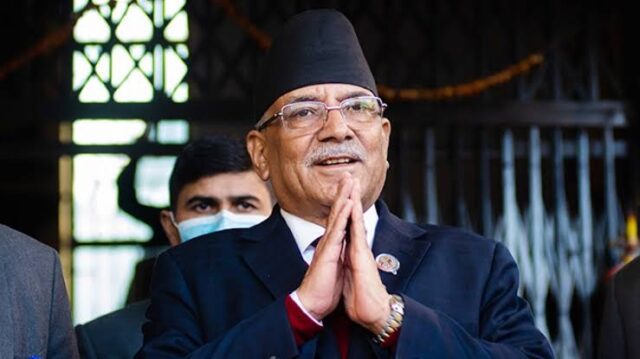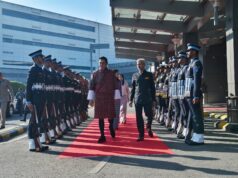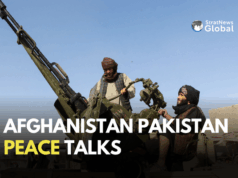“Let us think in a new way. Let us identify a common platform for all communists and move forward without insulting one another.”
As admissions go, Nepal’s veteran communist leader Jhalanath Khanal could not have been more candid. It was a belated acknowledgement that Nepal’s dime a dozen communist parties have spent as much time undermining each other as they have in trying to spread their gospel.
A case in point is the rivalry between Maoist leader Prachanda (Pushpa Kamal Dahal) and KP Sharma Oli of the CPN (UML). Each have backstabbed the other in the past, the most recently in 2023 when Oli withdrew support for prime minister Prachanda and joined hands with ideological foe Sher Bahadur Deuba of the Nepali Congress.
But in Kathmandu on Wednesday, Prachanda was crowned king of the new unified Nepali Communist Part. His No.2 is Madhav Nepal and No.3 is Khanal, both formerly of the CPN (Unified Socialist).
The new Nepali Communist Party brings together nine other splinter communist parties and factions (CPN-Maoist, CPN-Unified Socialist, Nepal Communist Party, CPN-Socialist, Nepal Socialist Party, Janasamajbadi Party, CPN-Maoist Socialist, CPN Communism, CPN-Maoist and Deshbhakta Samajbadi Morcha).
A report in the Kathmandu Post noted that “Several groups that merged lack notable grassroots support raising questions about the immediate influence and effectiveness of the newly proposed party.”
Oli was conspicuous by his absence even though his party the CPN(UML) is the largest among the communist parties. Could he join later? Not clear. But his party was swept out of power in the GenZ protests that convulsed Nepal in September.
Oli had to resign and flee to escape the anger of the streets. That humiliation will stay with him even though politicians have notoriously thick skins.
Several leaders of these and other parties preferred to stay out of the unification process for reasons that were not clear, although the sense is they felt they merited some position which was denied.
It’s no less true that many of these leaders failed to build themselves up politically and probably hope the new party could resurrect their political fortunes.
Important to note that this is not the first time such unification of left forces has been attempted. The Maoists and CPN(UML) had got together in 2018 but the venture collapsed three years later.
The new Nepali Communist Party now givens Prachanda leverage in any future negotiations with Oli. The only problem is the GenZ protests was a rejection of the politics of veteran leaders who had entrenched themselves at the top of every political party.
In that sense, the Nepali Communist Party looks very much like the old with ageing and many discredited leaders at the top, Prachanda included. The launch of the party was accompanied with familiar slogans about “scientific socialism with Nepali characteristics”. Exactly what that meant was not articulated.
That Prachanda sees this as an opportunity cannot be denied: he says he will contest the March 5 elections despite calls from younger cadres that the older leaders step aside. His party may ally with the CPN(UML). Equally, the latter may tie up with its former Nepali Congress partner.
Clearly, the more things change the more they remain the same.
Thirty eight years in journalism, widely travelled, history buff with a preference for Old Monk Rum. Current interest/focus spans China, Technology and Trade. Recent reads: Steven Colls Directorate S and Alexander Frater's Chasing the Monsoon. Netflix/Prime video junkie. Loves animal videos on Facebook. Reluctant tweeter.





